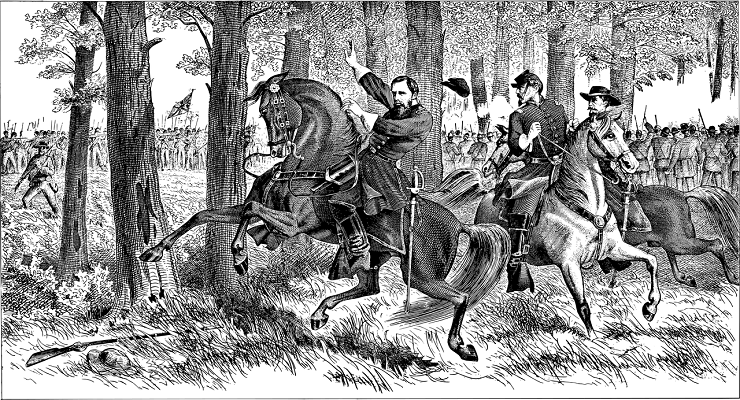
This research is by Anthony J. Gaughan. Here is the abstract:
The United States emerged from the 2020 presidential campaign more profoundly divided than at any time since the Civil War. Donald Trump’s false claims of election fraud further inflamed those divisions. When Trump supporters stormed the United States Capitol Building to try to overturn the election results, it became undeniably clear that the nation had entered a dangerous new era of political violence. Since the election, experts on both ends of the political spectrum have warned of the possibility of a full-fledged democratic breakdown in the United States.
This article places America’s polarization in historical context by examining the only democratic breakdown in the nation’s history: the Civil War. When Abraham Lincoln and the Republican Party won the 1860 presidential election, the slaveholding South refused to be bound by the election results. Instead of looking ahead to the next presidential election campaign, eleven southern states chose to secede. The conflict that ensued remains the bloodiest war in American history. The Civil War cost over half a million lives and left one-half of the United States in physical and economic ruin.
More than 150 years later, the United States faces new threats of political violence from disgruntled election losers. Equally troubling, recent polling data finds a rising degree of support for secession among ordinary Americans, especially after their party loses a presidential election. Accordingly, the intense polarization of the 2020s has made the lessons of the Civil War more relevant than ever.
In placing the current democratic crisis in historical context, this article focuses on three questions: First, why did the South reject the results of the 1860 election? Second, what legal and quasi-democratic processes did Confederate states use to assert that most white southerners supported secession? Third, and most important of all, how did American democracy survive the Civil War, the greatest crisis in the nation’s history?
Read the full article here.
Leave a Reply